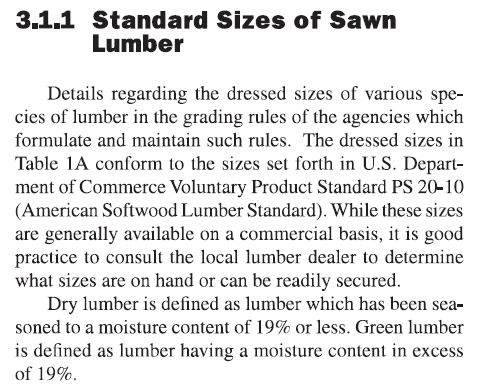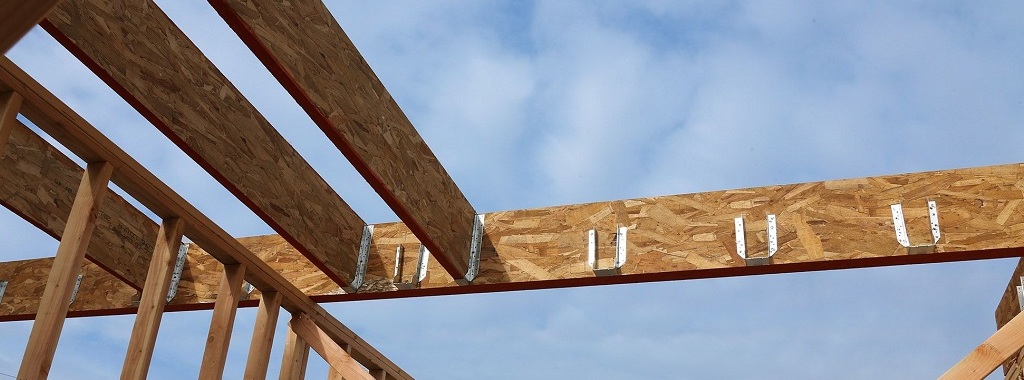Connector Selection Guides (CSGs) are tools Simpson Strong-Tie has created to assist users in designing and building with engineered wood products (EWP). They consist of a series of short fliers (available as PDFs on strongtie.com for printing or mobile use) guiding builders on how to select economical and efficient connection solutions — that go beyond IRC prescriptive designs — for the I-joist manufacturer of their choice. Over the years, Simpson Strong-Tie has partnered with EWP makers to develop engineered solutions specifically tailored to the dimensions and characteristics of each manufacturer’s particular products.
Tag: I-joists
Why Won’t The Wood Fit? Understanding Lumber Size
Lumber size is often given in “nominal” measurements. This can often lead to confusion when someone is shopping for wood and wood connectors. Paul McEntee, Simpson Strong-Tie Manager of Engineering R&D, addressed lumber sizes and how our company takes them into consideration during product development and testing.
Why Won't The Wood Fit?
Your wood fastening products seem to be built for yesteryear wood sizes. 2x’s are no longer larger than 1½”. Why can’t you manufacture these products with a little closer tolerance?
I received this question from a customer a few days ago via Ask Simpson, a web page where you can submit technical questions to our Engineering Department and we respond by e-mail. We have received similar variations of this question countless times over the years, so I thought it could use some discussion.
The National Design Specification for Wood Construction (NDS) Supplement Table 1A “Nominal and Minimum Dressed Sizes of Sawn Lumber” gives the minimum dry and green dimensions for sawn lumber. This specifies a nominal 2x, for example, as being 1½” dry and 1 9/16” green. NDS Supplement Section 3.1.1 defines dry lumber being seasoned to a moisture content of 19% or less, whereas green lumber is higher than 19%.


So what size do you make the connector?
Continue Reading




